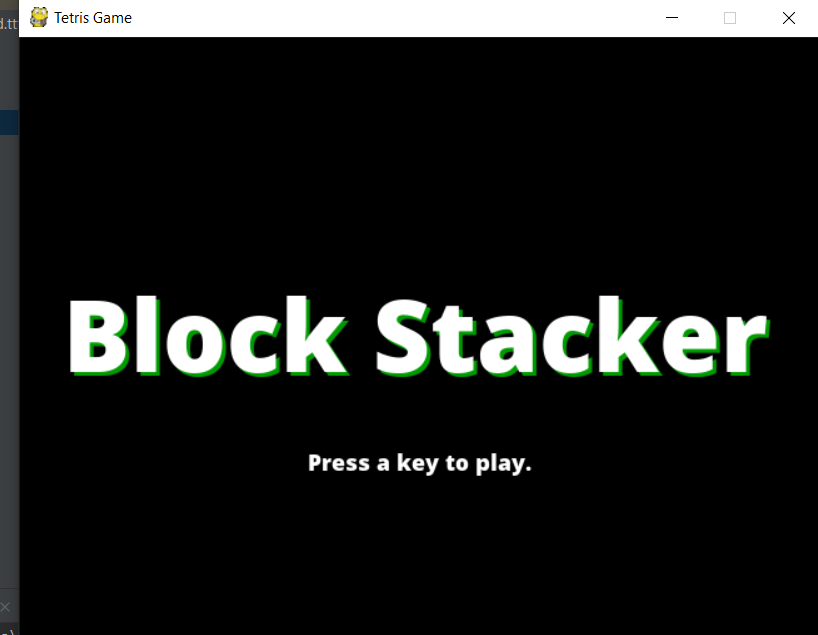Author: Jeconiah Richard, Calvin Scorpiano Halim, Rowin Faadhilah, Sunny Jovita, Mileno Valdo Elvano
Numbers are expressions that are used to describe quantity or used in making calculations. There are varieties of number types and they are used differently. Some are used in calculations, and in code they are used to describe other symbols or elements. Equally important, there are number systems, which are the technique to represent numbers in computer system architecture. In the other words, number system is commonly utilized to identify each type of number and how their functions.
Problem
In this modern era, computers represent all information and data from audio, images, videos, etc in binary numbers. Furthermore, people commonly use letters or words to communicate with each other. We send messages or information by typing letters or words. However, it is evident that computers don’t have brains like us. So how do they understand us?
Our Solution
Each numbering system holds different values than the others, but they can be converted into one another. Since manual conversion of these numbers usually take many steps and time, our group is motivated to create a number system converter for this project. With a number system converter, conversion would be easier to complete. Although there are many converters that are existing on the internet, we want to create something that is our own and it is more advanced rather than the other converters.
The Algorithms
For this project, our group had agreed to assign decimal number system as the main conversion. In other words, all the conversions start from decimal to other bases or otherwise, before changing it to another base.
How the program works
We made JavaScript functions that converts the different conversions into decimal, and from decimal into all the other conversions. When the ’Convert’ button is clicked, JavaScript will check which field is inputted by the user and ensures that only a single field is filled in. Once that check is passed, a function is called and it will convert the input into decimal form if it is not already. 11COMP6504 Computer Architecture Operating Systems After that, the function takes the decimal base to start converting the other conversions and return the resulting conversion in an array. This array will then be displayed in the order of its index in the fields to show the result of the conversion to the user.
Demo video: https://youtu.be/gbzbOVmACW4







